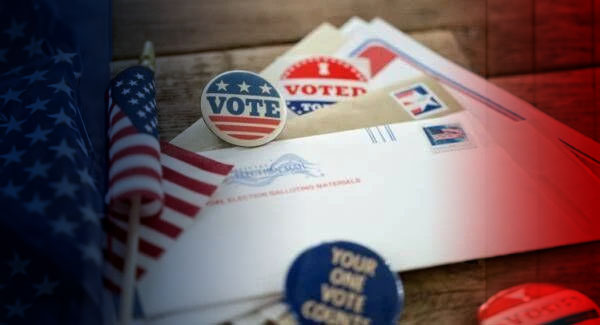Liliboas
Source: www.insideradio.com, February 2024
With Super Tuesday less than three weeks away, political campaigns are making critical decisions about how and where to allocate their ad budgets. The traditional playbook is to plow the lion’s share into TV. But correlating anonymized data on how individual people voted with Nielsen PPM panelists shows it’s time to rethink that strategy in a disrupted media landscape where the reach of broadcast and cable TV reach isn’t what it used to be. Political ad buyers aiming to optimize their 2024 campaigns should consider all the different platforms available, says Tony Hereau, VP of Cross Platform Insights at Nielsen.
AM/FM radio and digital media excel in reaching voters across the aisle, according to Nielsen’s Optimizing Political Campaigns To Win In November report. Radio reaches 92% of Democratic voters, 93% of Republican voters and 92% of swing voters. In each case it is second only to digital, which reaches 97%-98% of these groups.

“When you’re looking at viable media platforms to reach voters of all kinds, political strategists usually favor television and digital,” Hereau said in a Thursday webinar for Nielsen clients. “Radio doesn’t often get included in that conversation. This data suggests that it should.”
AM/FM radio and digital media also excel in reaching voters of all ages and those who voted both infrequently and frequently in the last eight elections. Both rank high for reaching voters across genders, ethnicities and geographies.
Less Clutter = More Resonance
A 2023 Consumer Survey from Nielsen shows radio offers a less crowded ad environment than TV. Over 70% of 3,000 adults 18+ surveyed in April 2023 said broadcast and cable TV have too many ads, while AM/FM and podcasting were perceived as less cluttered. “The advertising will perform better in a less crowded environment,” Hereau said. “You have more of chance for your ads to resonate.” The same study found there is less ad avoidance on broadcast radio than on cable and broadcast TV.
To show how different media work together in a real-life situation, Hereau used Nielsen Media Impact, the media planning system used by major ad agencies, to dissect a typical multimedia political ad campaign that ran in 2022. Half of the $15 million ad budget went to broadcast TV, 15% to cable TV, 10% to connected TV, 25% to digital media, and 0% to radio. The one-month campaign would reach 101 million voters in 2022 but only 88.8 million in 2023, a 12% year over year decrease. But shaving a little off each platform and reallocating 20% of the budget to radio would reach 15 million additional voters for a total reach of 103 million – at no additional cost.

It is among light TV viewers where AM/FM radio adds the most incremental reach. That’s because most radio consumption occurs out of home and away from the flat screen. The Nielsen analysis also shows that radio is essential for a media plan that aims to reach young voters. Said Hereau, “The radio campaign is going to be a little bit more balanced, you’re going to be able to get some of those younger segments that it’s harder to reach with TV and digital.”

Real World Radio Impact
Focusing the spotlight on three unique local races from the 2022 midterms provides a real-world look at radio’s role in influencing election outcomes. Nielsen identified dozens of Senatorial and Gubernatorial winners that used radio in 2022.
A three-month $512,527 campaign for Joe Lombardo’s successful race for the Governor’s mansion in Nevada illustrated how a 4% allocation to radio lifted the Republican candidate’s campaign reach by 10% or 98,000 voters. Lombardo won the race by just 13,965 votes.
A three-month, $13.9 million campaign for John Fetterman’s winning Senate race in Pennsylvania invested 14% of the budget in AM/FM radio, which reached 676,000 voters not reached by broadcast/cable TV or CTV, for a 10% lift in voter reach. Fetterman (D) won by 263,752 votes, meaning radio delivered almost three times as many votes as the margin of victory.

“Incorporating radio into the broadcast mix early and often will result in better outcomes,” Jon Blum, Audacy’s Senior VP of Strategy, Partnerships and Analytics, said in a blog post about the Nielsen report. “Radio complements TV’s ability to reach undecided voters that are unreachable on TV.” – Paul Heine

